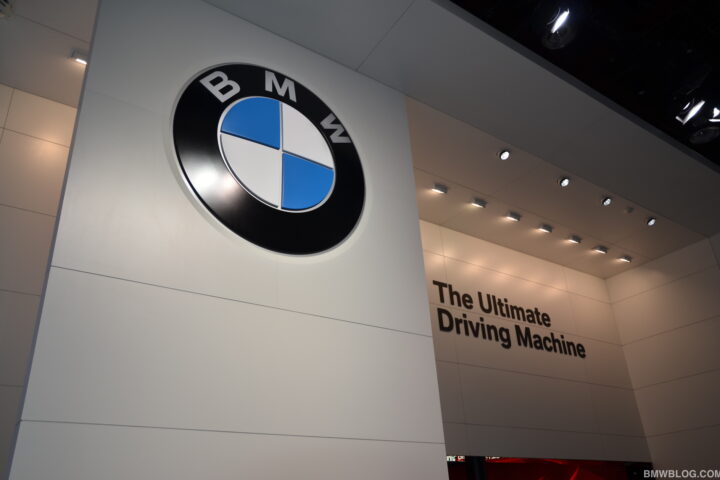With M2 G87 deliveries finally underway, more and more owners are putting BMW’s entry-level M car on the dyno to find out how much power it really makes.
As a refresher, IND Distribution’s Zandvoort Blue car delivered 464.59 hp at 6,910 rpm and 412.85 lb-ft (559.74 Nm) of torque at 3,050 rpm at the wheels when it was tested earlier this month. A new video highlights a Toronto Red vehicle generating a little bit more horsepower but slightly less torque.
ECC in Toronto, Canada had the pleasure of putting the M2 G87 on a dyno test bench and found out the twin-turbo S58 engine delivered as much as 473.82 hp at around 6,780 rpm. It’s an increase of 9.23 hp compared to the previous dyno test, which was conducted at a higher engine speed (+130 rpm).
Since this figure represents the wheel horsepower, it means the engine delivers approximately 521 horsepower at the crank if we factor in the 10% drivetrain loss “rule.”
Maximum torque came in at 411.43 lb-ft (557.82 Nm) at 5,630 rpm, so down by 1.42 lb-ft (1.92 Nm) compared to the initial dyno test conducted by IND Distribution. Adding the 10% back means the inline-six 3.0-liter engine inherited from the M3 and M4 produces roughly 453 lb-ft (615 Nm) at the crank. BMW’s official number is a much lower 406 lb-ft (550 Nm), proving once again it’s deliberately underrating its engines.
After being pleasantly surprised by how much power it makes, the 2023 BMW M2 G87’s owner put the car onto the scales to find out its weight. It should be mentioned the car had the gas tank almost full and didn’t carry any unnecessary items. It tipped the scales at 3,762 pounds (1,706 kilograms). The previous dyno test also included a car with the optional carbon fiber roof, and that one weighed a nearly identical 3,758 lbs (1,705 kg). With the gap being this small, it could be because of the different fuel levels.
With this much power and weight in a substantially larger body than the F87 generation, the new M2 is certainly not the baby M car it used to be.















